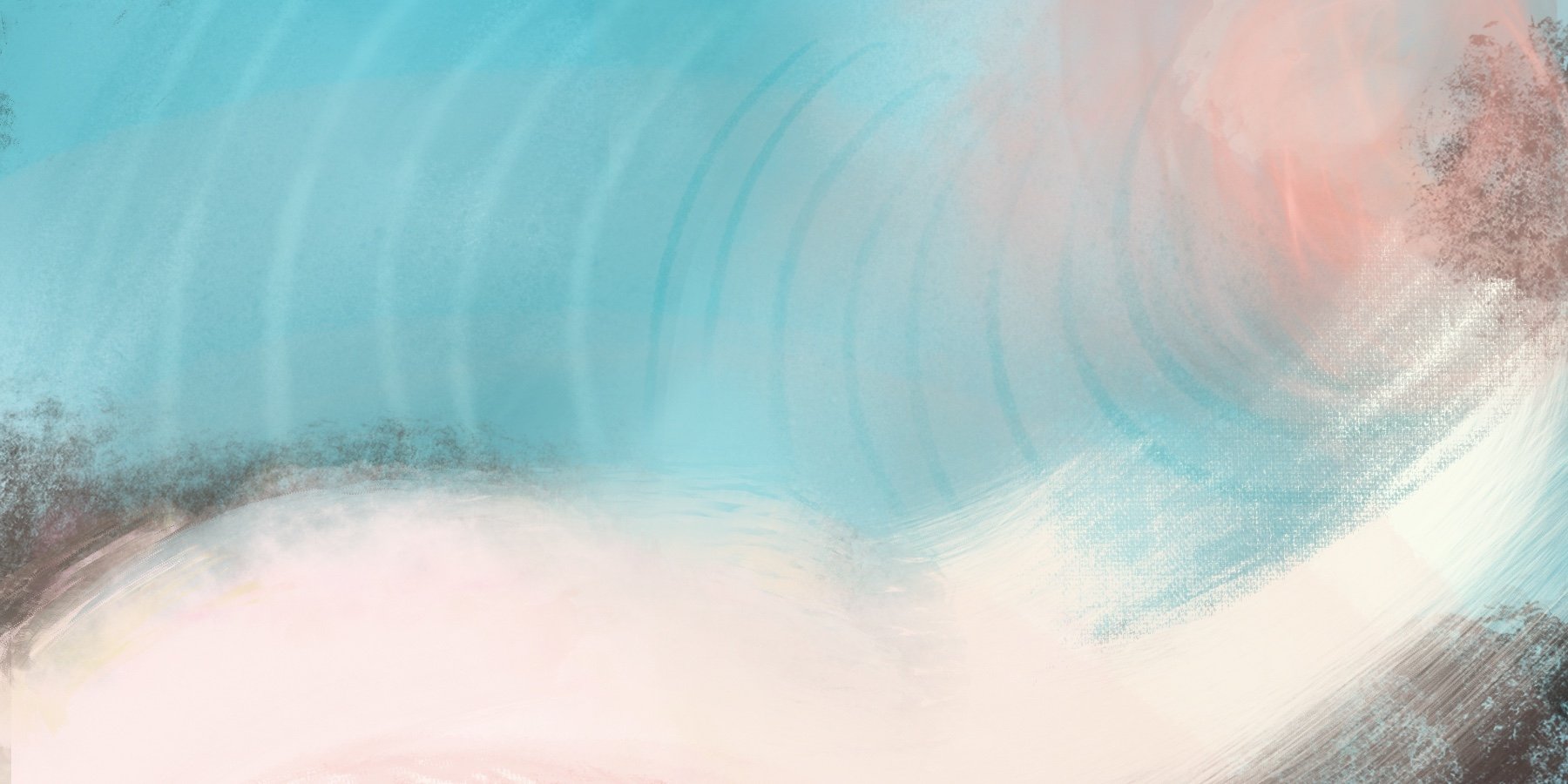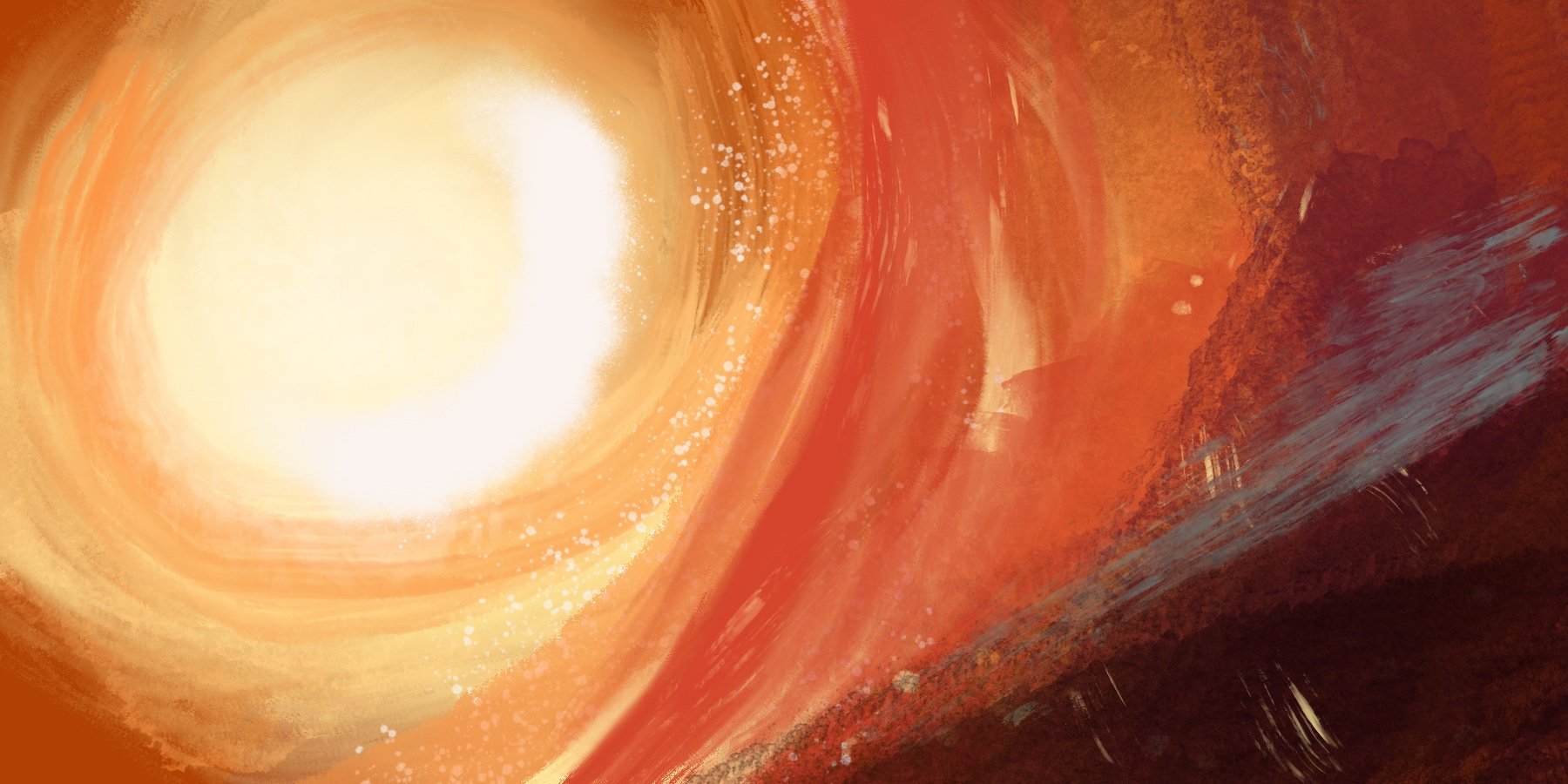
Dissolving Thought
Can't turn off your mind? End worry, stop obsessive thinking, and shut down your inner critic (Part X) by shifting from thinking to experiencing the present moment with the Dissolving Thought tool.
Cues to Use the Tool
When your thinking is out of control and you can't stop obsessing—whether it's fear, worry, criticism (of yourself or others), or regret.
When you have something important that you need to focus all of your attention on, like a presentation, audition, etc.
When you really want to be present with someone.
The Tool in Brief
1. Ignorance
Bring your attention to the objects around you. Immerse yourself in their color, shape, form, and texture—but don't label what you're experiencing. Say to yourself, "I don't know what that is. I have no name for that thing, no opinion about it, nothing." Get yourself into the "I don't know" state of ignorance.
2. Melting
Imagine this nameless collection of objects melts into one another, blending and oozing into a swirling mix where there are no longer any distinct objects, just the way a box of crayons would look if they melted together.
3. Embrace. This oozing mass moves gently towards you and engulfs you as if you're being embraced by someone who loves you.
4. Surrender. Let yourself surrender to this melting river of sensory experience. If you can stay in this state of surrender, you'll remain free from obsessive thinking.
The Gifts of Dissolving Thought
No matter what the subject is, obsessive, repetitive thinking is one way Part X tries to gain control over your mind. Regardless of the subject, once your thinking becomes out of control, Part X has made you its victim and has separated you from others and your environment. Because you're so busy paying attention to your thoughts, you're no longer present to what's going on around you. To break free of this, you need a force stronger than thinking. That force is your senses—in fact, another name for this tool is the Empowering Your Senses tool. Empowering your senses directs your attention back to the present because you can only experience them in the here and now.



